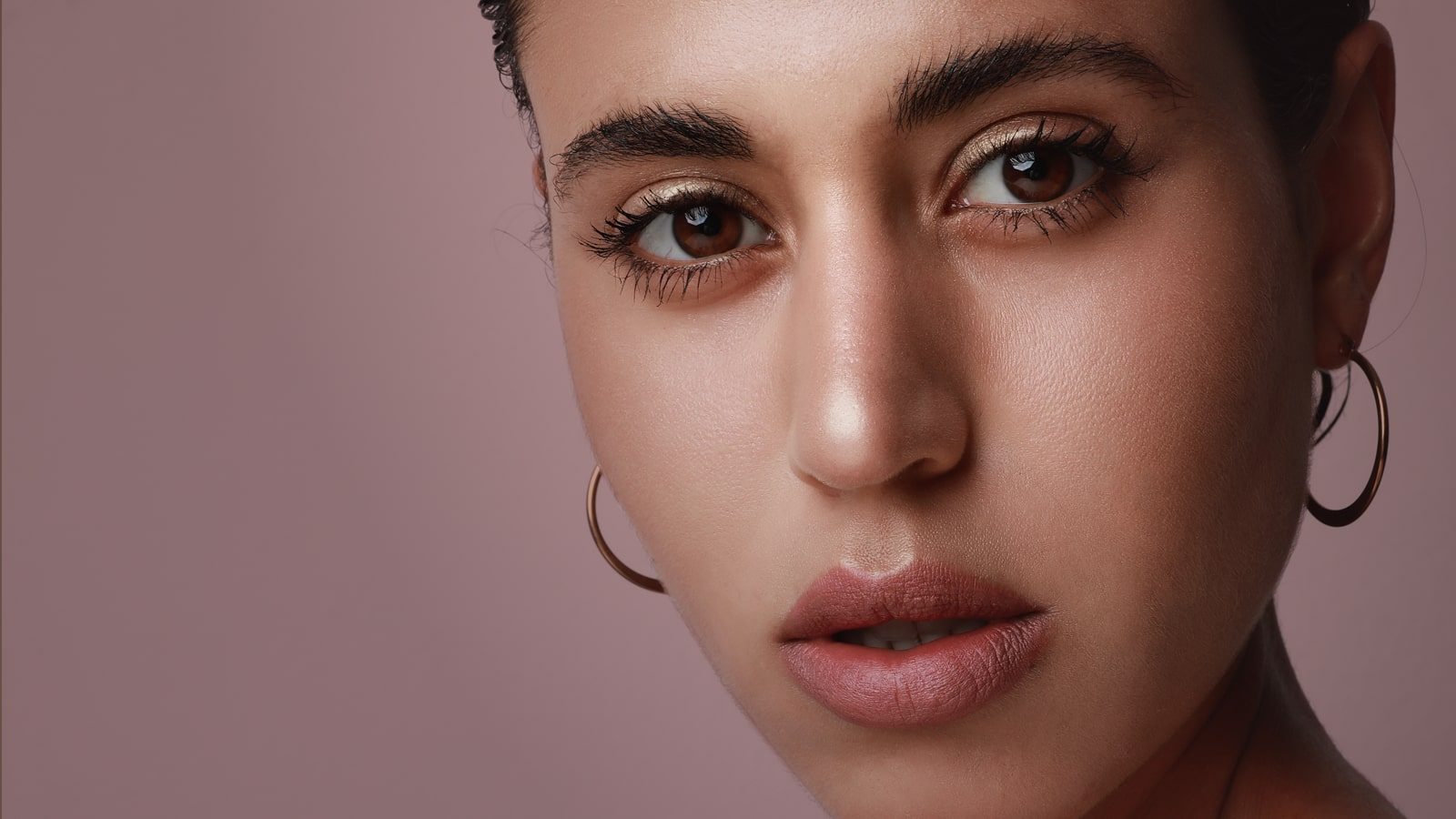

Ideal blog
Stay in the know on the latest aesthetic treatments, beauty trends, and expert insights—brought to you by the medical pros at Ideal Image.
Get Started With Your Personalized Treatment
Book online in seconds or call for a free consultation.
Need quick answers? We're just a call or chat away.